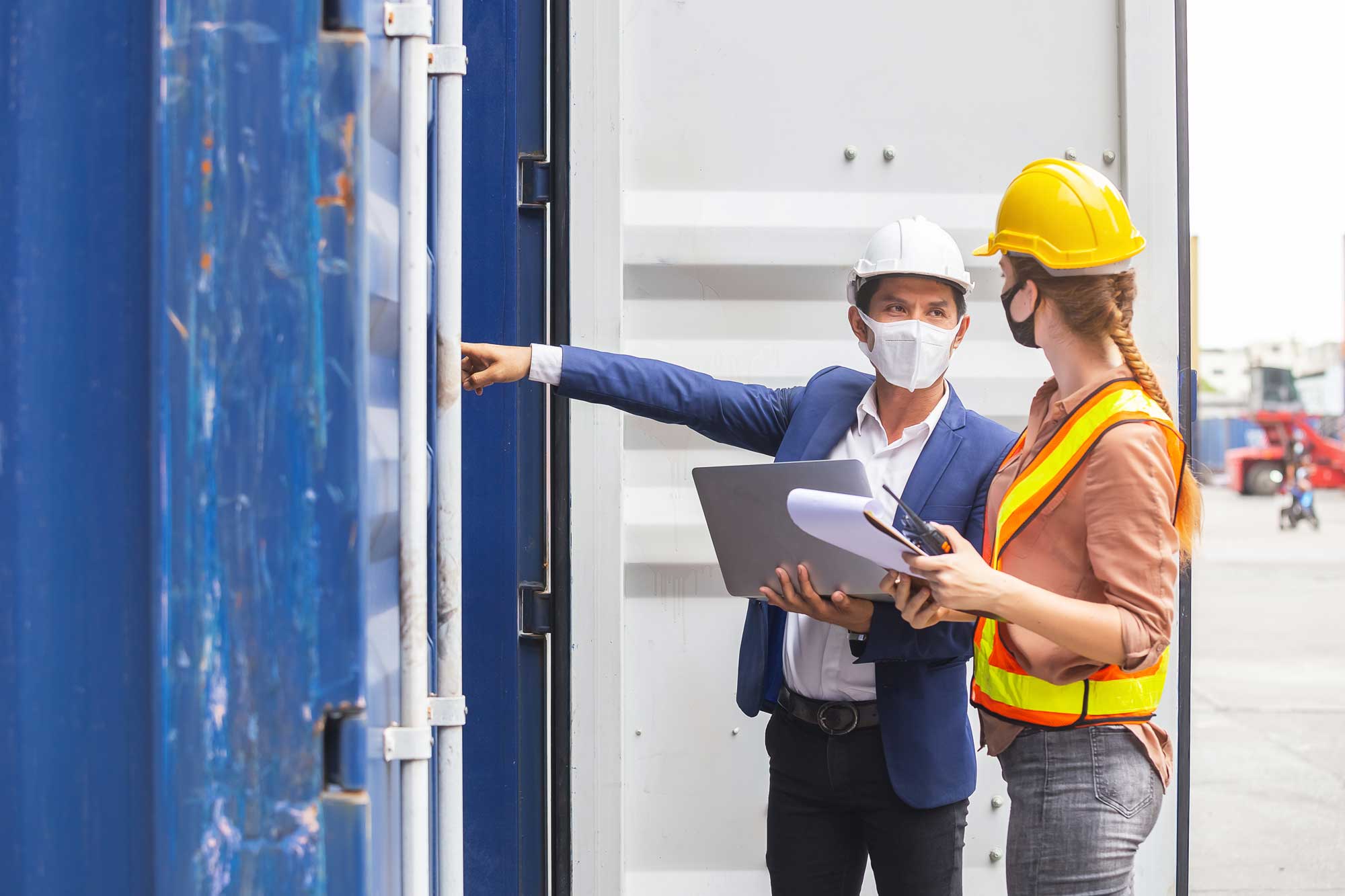The WHAT
Building codes represent basic guidelines regarding a structure’s envelope, such as the roof, doors, windows, walls and floors, as well as regulations for mechanical and electrical systems. These codes are created and updated by various organizations, but it’s ultimately up to local and state jurisdictions to enforce them.
The new building code initiative is aimed at state, local, tribal, and territorial governments, encouraging them to adopt the latest building codes and standards. In turn, this helps communities be more resilient to hurricanes, flooding, wildfires, and other extreme weather events that are intensifying due to climate change. It also targets lowering utility costs, establishing community equity, and creating well-paying jobs. While robust, it appears that the modernized building codes plan applies only to new construction and doesn’t require existing structures to be retrofitted.
The WHY
More than 60% of America’s communities have not adopted the latest building codes and are at risk for higher energy costs and climate impacts.
The U.S. is targeting to achieve a net-zero emission economy by 2050. Currently, residential and commercial buildings spend more than $400 billion a year in energy, which accounts for 35% of the nation’s greenhouse emissions, 40% energy consumption, and 75% of total electricity use. Modern energy codes can help reduce the nation’s building stock carbon footprint with massive savings to consumers and businesses.
According to the Department of Energy, modernized codes will deliver $138 billion in energy cost savings from 2010–2040 and reduce carbon emission by 900 million metric tons.
Besides utility savings, modern building codes can save lives and limit property damage. In 2021, the U.S. experienced 20 separate billion-dollar severe weather and climate disasters — including winter storms, wildfires, floods, drought/heat waves, tornadoes, and cyclones — causing at least 688 direct or indirect fatalities and $145 billion in losses. As of July of this year, there have already been nine weather/climate disaster events with losses exceeding $1 billion each, which doesn’t include Hurricane Ian’s recent impact on Florida which is estimated to cost insurers more than $47 billion.
Updated building codes, including those for wind-tolerant roofing, proper flood elevation, and adequate heating and cooling systems, could substantially reduce property damage from natural disasters and help communities recover more quickly. A Federal Emergency Management Agency (FEMA) study shows that communities that have adopted modern building codes are already avoiding an estimated $1.6 billion a year in potential damages from major climate events. The National Institute of Building Sciences further estimates that every dollar invested in building code adoption provides eleven times more in savings.
The HOW
The U.S. government is taking an inter-agency approach to execute the National Initiative to Advance Building Codes, which the government hopes will:
- Review federal funding and financing of federally-supported construction to ensure projects follow modern codes.
- Through the Building Energy Codes: Resilient and Efficient Codes Implementation Program, allocate $225 million for states and local governments to implement latest building energy codes and support the development of energy efficient buildings.
- Provide incentives and support for communities to adopt current building codes and standards.
- Lead by example and develop the first Federal Building Performance Standards to help achieve net-zero emissions across new and existing federal buildings by 2045.
For CRE
Improving energy efficiency and climate resilience of CRE buildings is not as simple as it sounds, having been a topic of discussion among governing parties and various organizations for many years. Every building is unique, and deciding which green and climate-resilience measures to implement is highly dependent on location, local market conditions, tenant behavior, and project cost. Residential real estate is less variable and may be better positioned for a blanketed modernization code initiative. CRE construction costs range anywhere from $350 per square foot for a single-story office establishment to more than $1,000 per square foot for a medical office. For comparison, new home construction average is $100 to $155 per square foot.
Labor shortages and supply constraints are also driving up development costs, making ground-up CRE projects that much pricier. Additionally, the optimal holding period for CRE is said to be between five and 10 years. CRE developers may struggle to fund sustainability efforts with more than a five-year payback, especially in areas where the market may struggle to absorb increased development costs.
CRE trends point to sustainable projects as market differentiators, illustrated by 63% of investors agreeing that climate-conscious strategies can drive occupancy, command higher rents, improve tenant retention, and increase overall value.
Several new certification programs have also been added to the mix since the beginning of the pandemic, including a WELL Health-Safety Rating from the International WELL Building Institute; Safety-First pilot credits from LEED; and a new Fitwel Viral Safety Module from the Center for Active Design — a certification rating system currently in place at KBS’ 201 Spear Street office tower, located in San Francisco’s South Financial District.
Under the National Initiative to Advance Building Codes, there may also be something more specific to climate change and disaster resilience, such as a certification of modernized building codes for CRE.
These programs offer flexibility to determine which sustainable and green adoptions provide the greatest value to projects, tenants, and investors. To this end, KBS recently announced that it has successfully completed verification of more than 14 million square feet of Class A office space in its CRE portfolio — achieving the UL Verified Healthy Building Mark for Indoor Air.
At this point, it’s too early to tell what the new initiative or an exact impact of modernized building codes on CRE will be. But there’s a lot to consider, and many more discussions are expected to take place. The potential for CRE is there, as well as the need, it’s just how to best approach it.
To learn more about the latest in commercial real estate, visit KBS.com/Insights.




